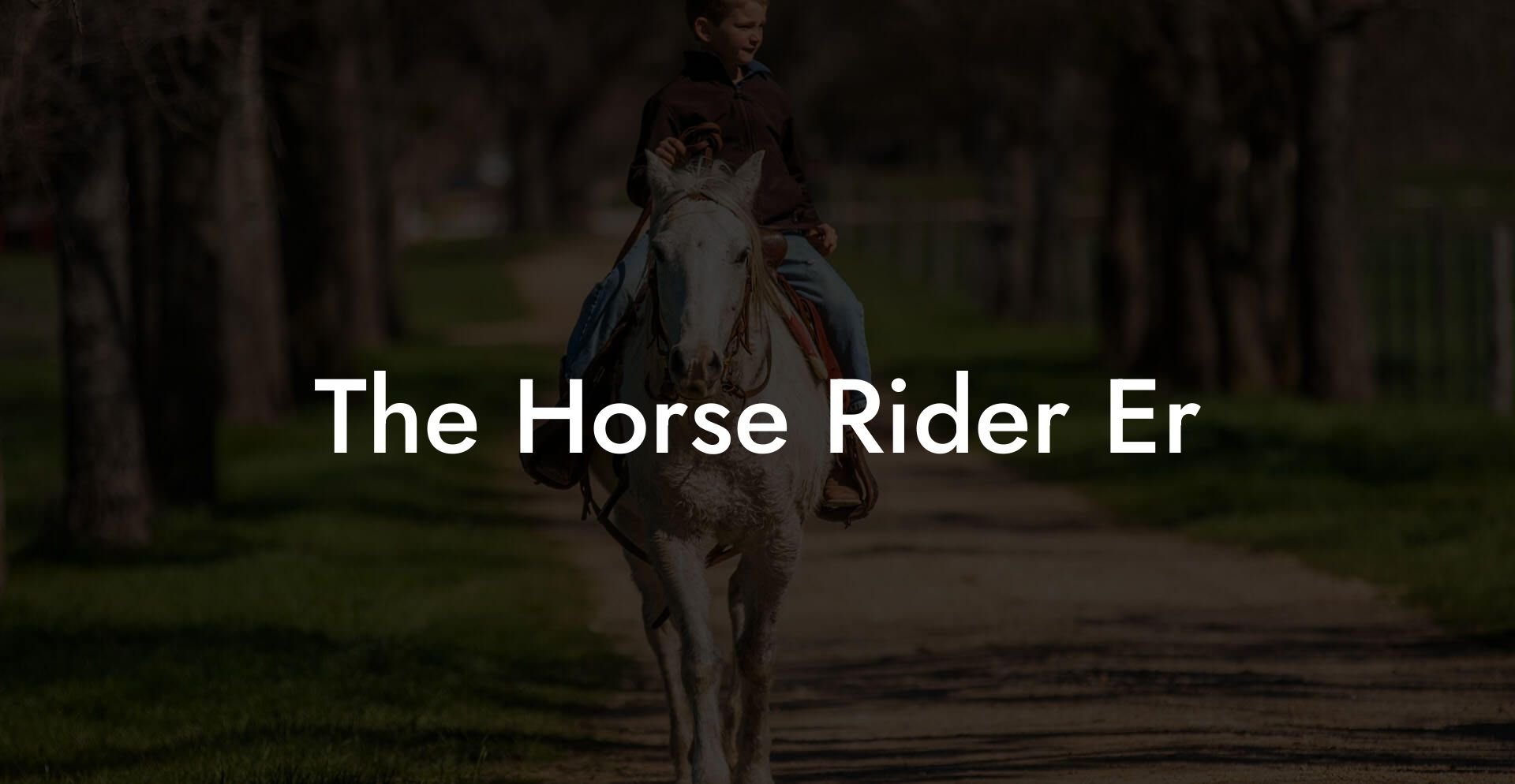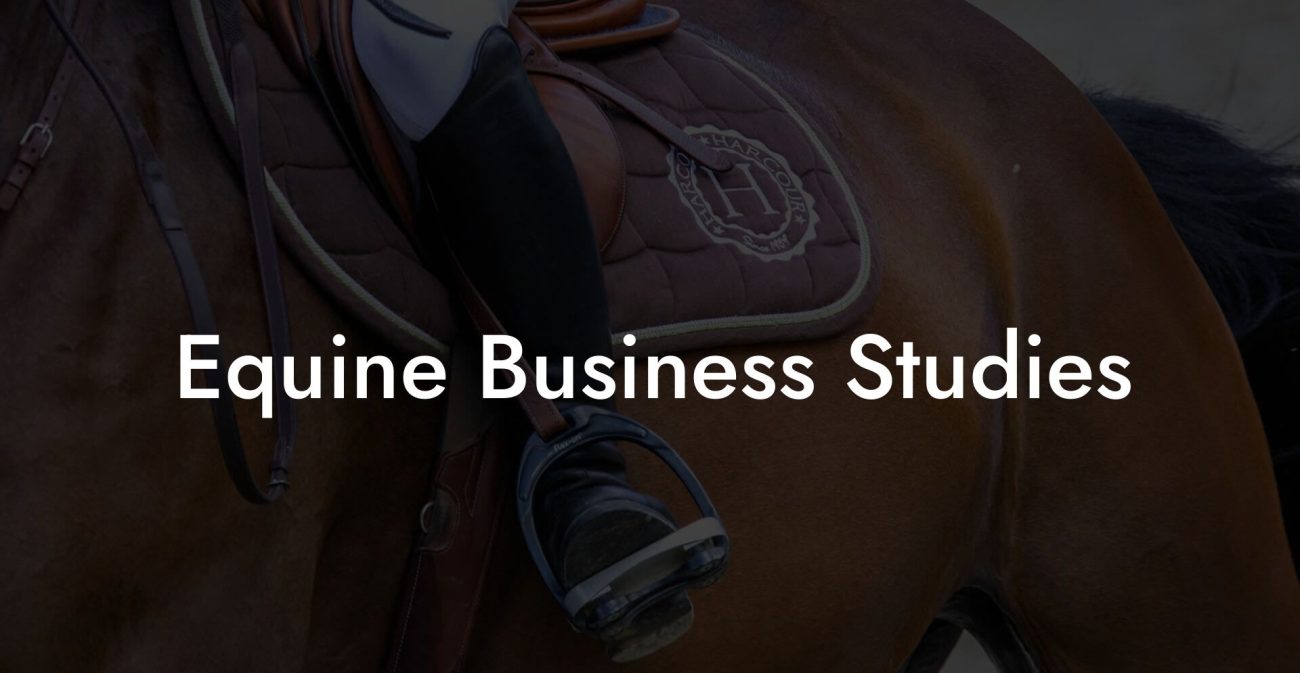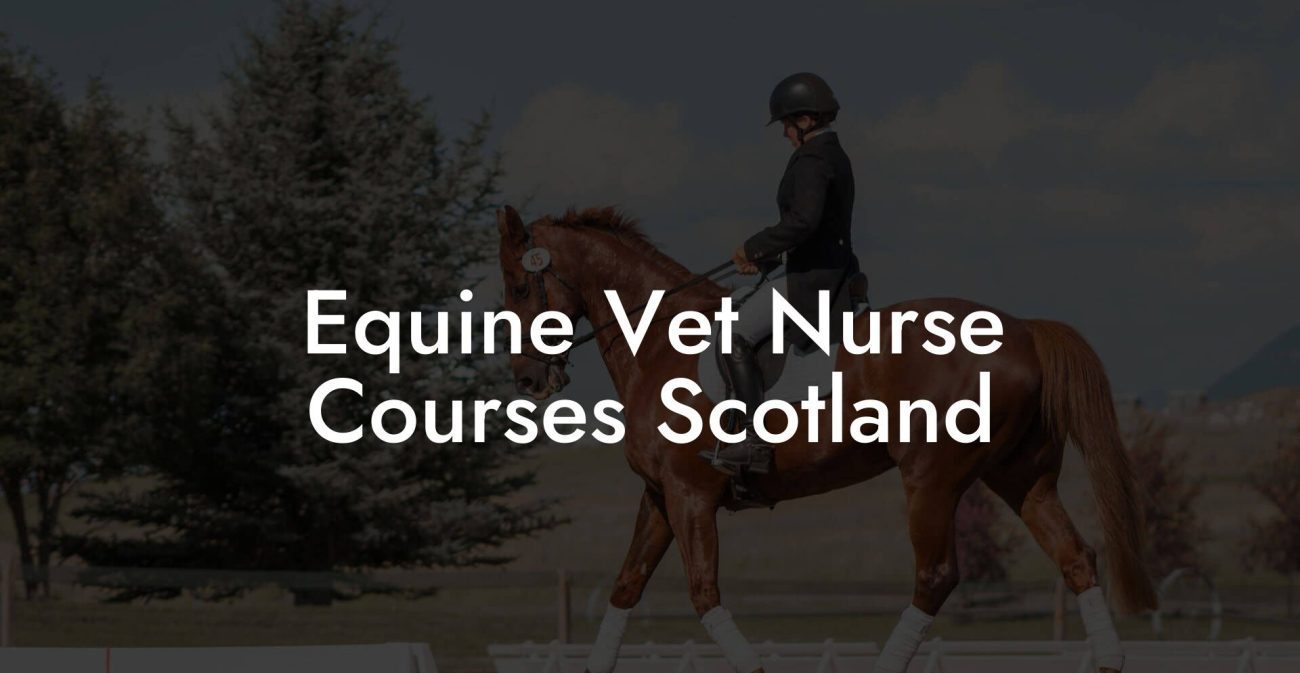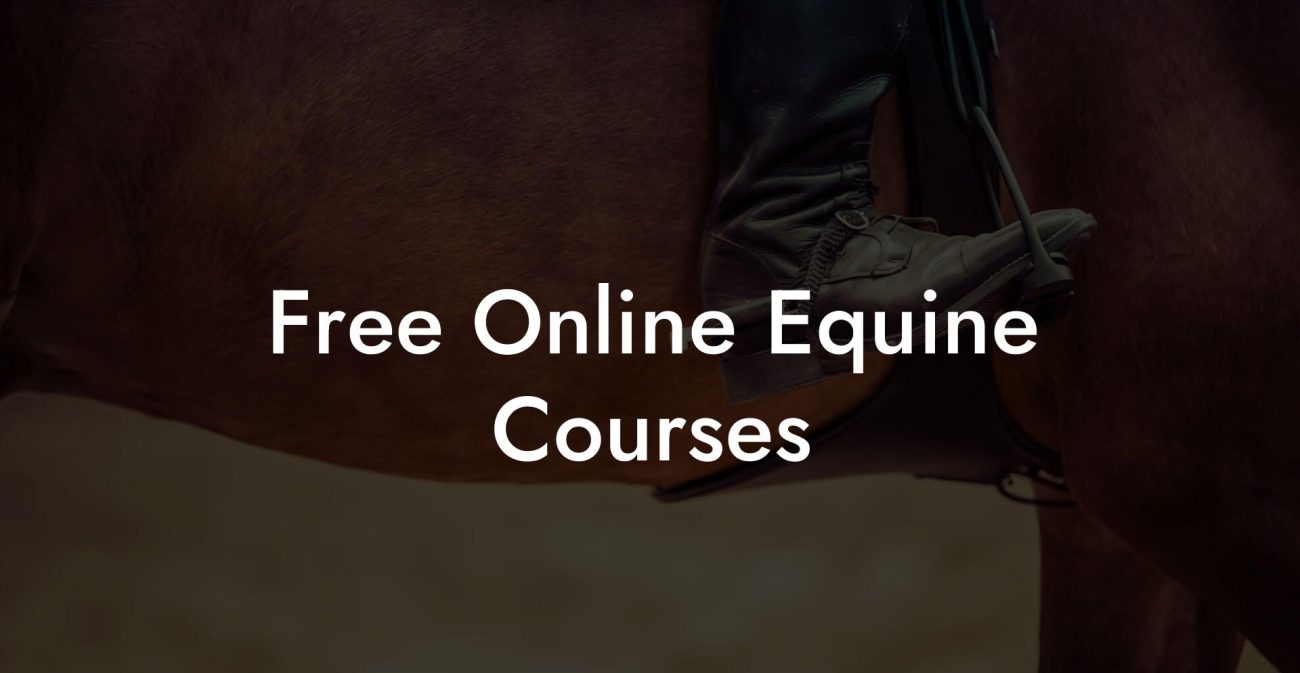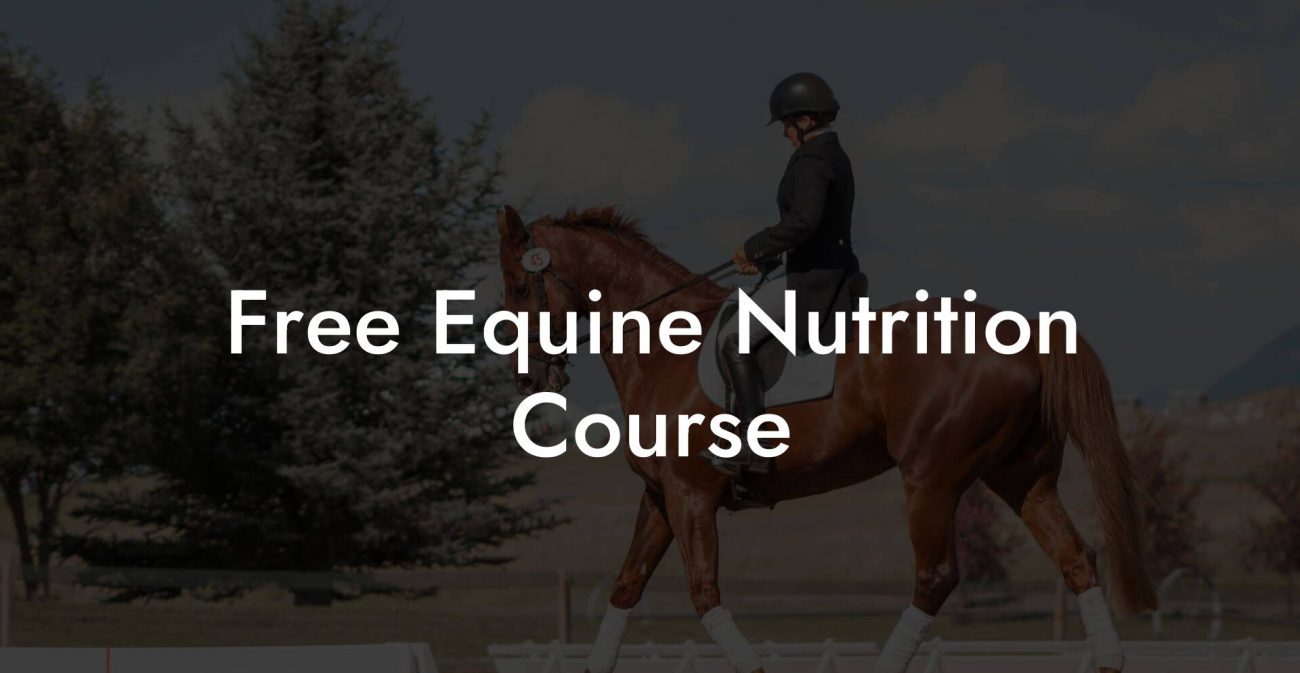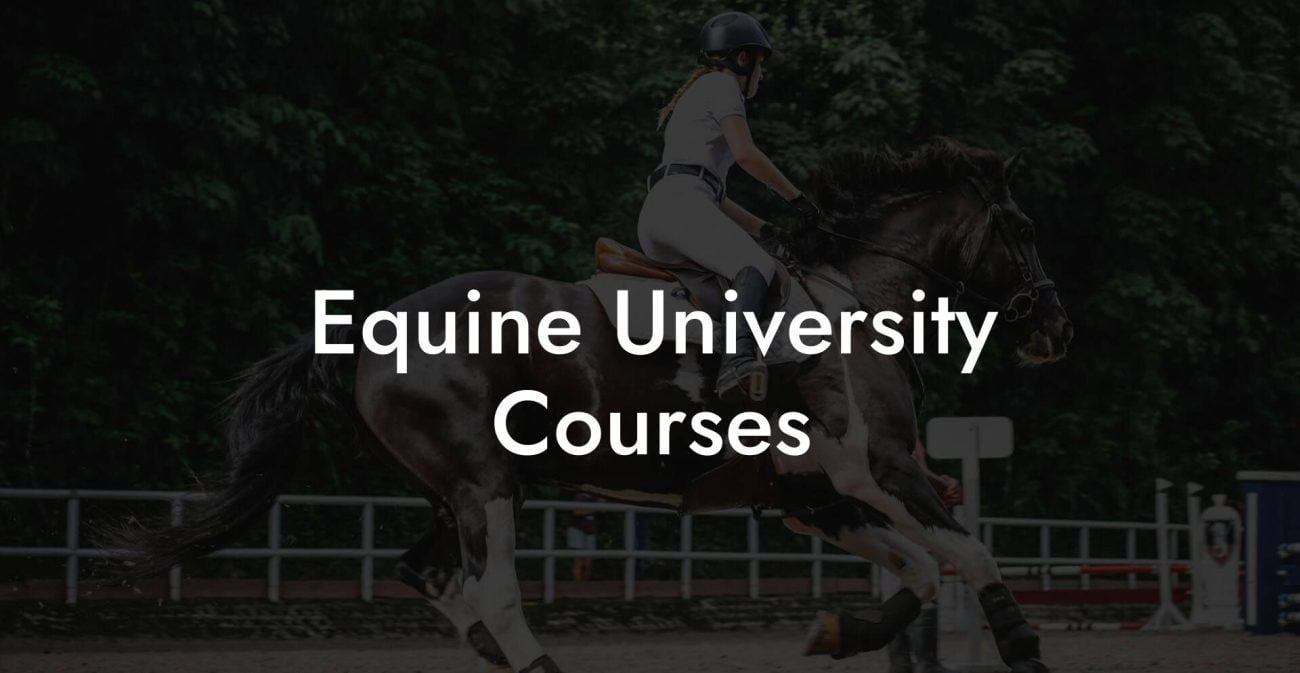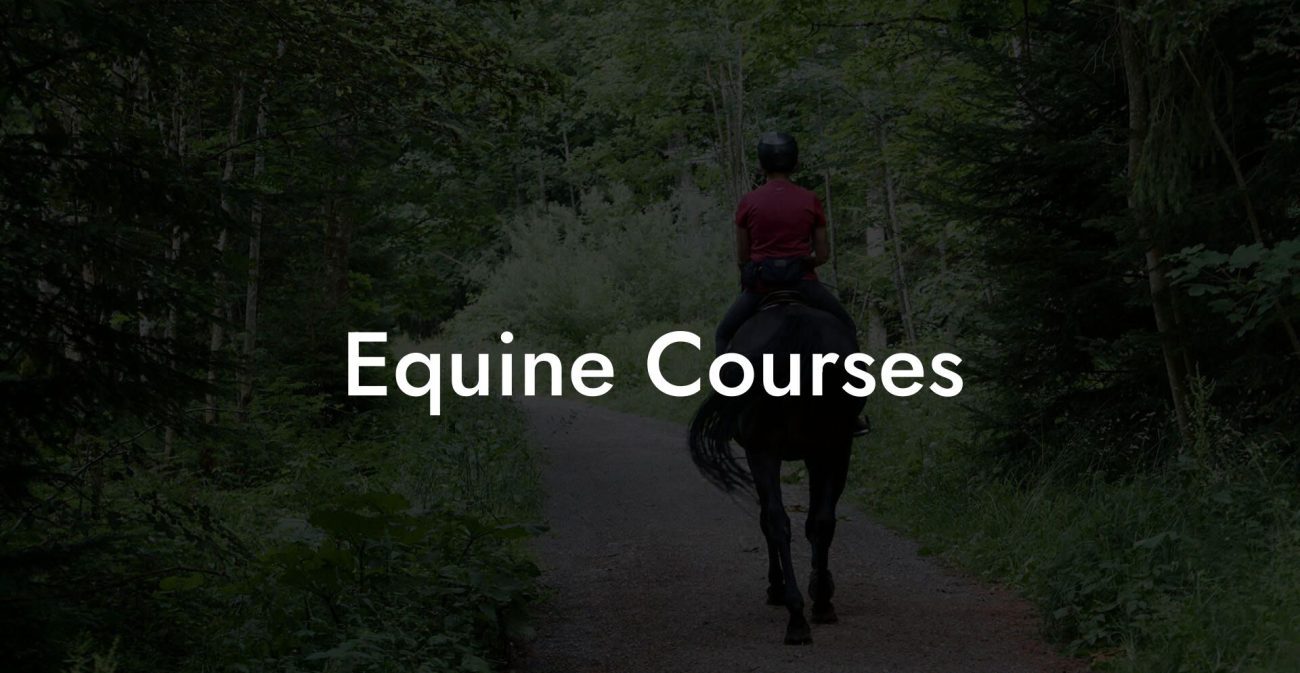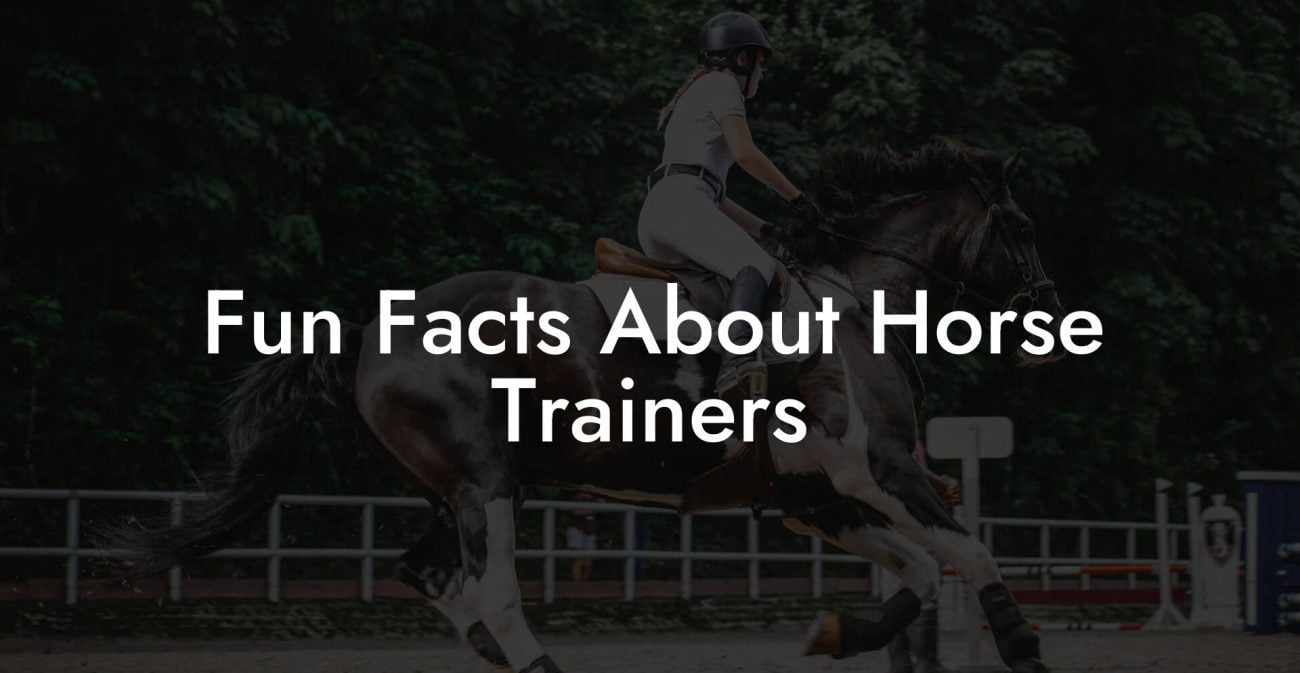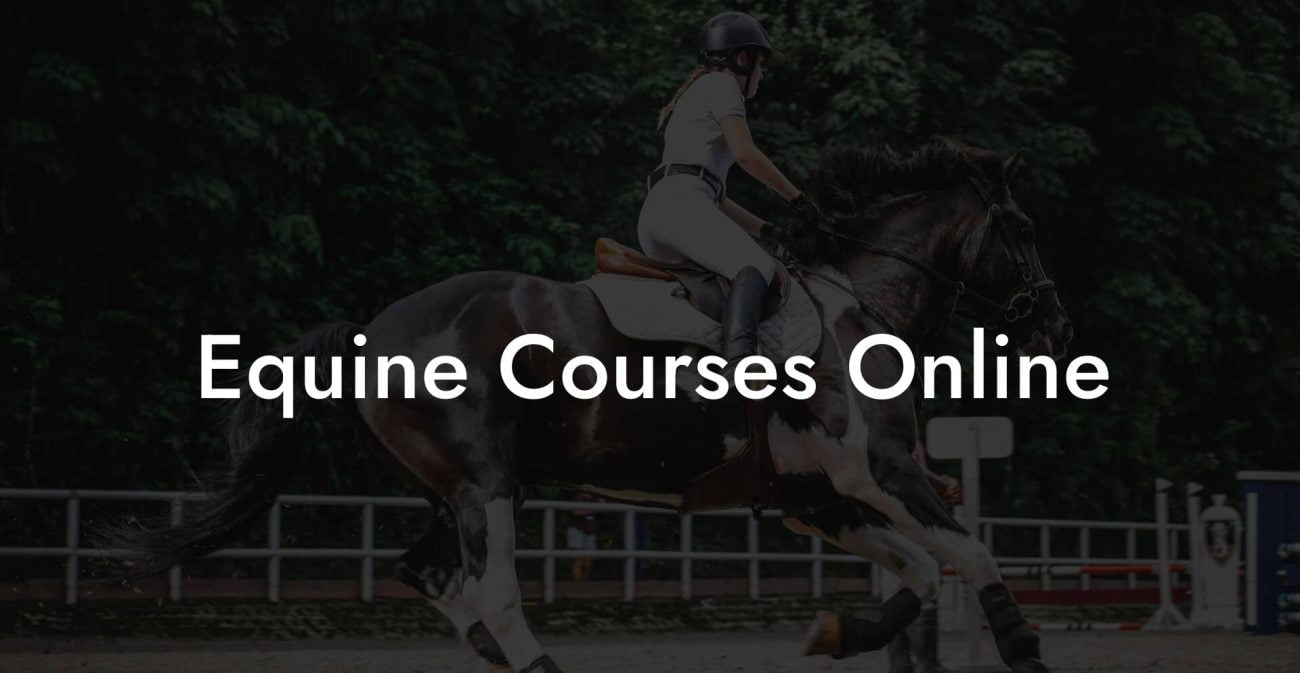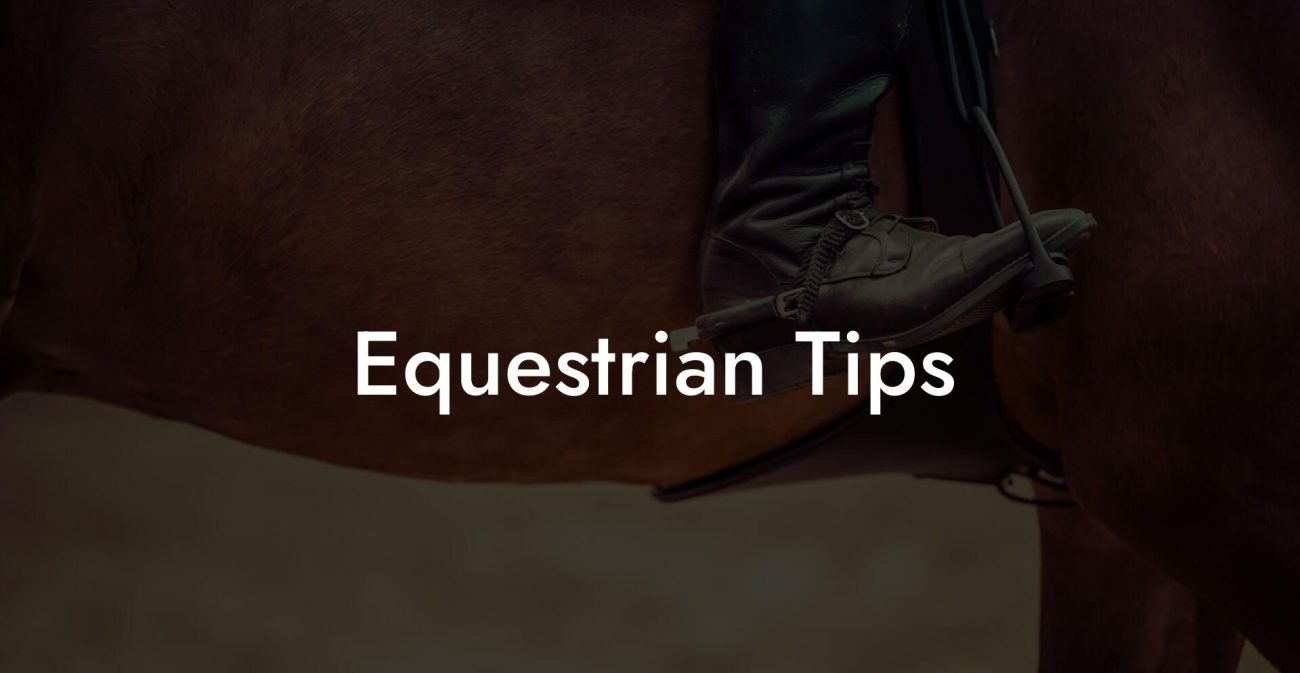Have you ever found yourself struggling to communicate effectively with your horse while riding? Do you wish to achieve a harmonious and dynamic partnership with your equine companion? Well, look no further! In our latest article, we delve into the crucial aspects of being a successful horse rider and the ways to establish a connection between you and your horse. Get ready to transform into the ultimate horse rider you've always dreamt of becoming!
The Horse Rider Er Table of Contents
Understanding Horse Behavior and Body Language
Understanding Horse Behavior and Body Language
The foundation of effective horse riding lies in understanding and interpreting the horse's body language. Learning to read and respond to the subtle cues and signals ensures a harmonious and comfortable riding experience for both you and your horse.
Common Horse Body Language Signals:
- Ears - If your horse's ears are forward, it is attentive and curious. However, pinned back ears indicate discomfort or aggression.
- Tail - A swishing tail signifies annoyance, while a relaxed tail indicates contentment.
- Head - A raised head shows alertness, whereas a lowered head represents relaxation.
- Eyes - Wide-eyed horses are usually frightened, while soft, half-closed eyes indicate relaxation.
Developing Effective Communication
To truly excel as a horse rider, you must cultivate a clear line of communication with your horse. Consistent, concise, and timely aids can make a huge difference in your riding performance.
Key Communication Techniques:
- Using your Legs: Your legs are essential for directing speed, direction, and impulsion of the horse.
- Seat: A deep, balanced seat can help you communicate with your horse effectively while maintaining stability and control.
- Hands: Proper hand positioning and rein management can guide your horse and maintain a soft, responsive connection.
- Voice: Timely verbal cues can provide reinforcement for your horse and help maintain a calm demeanor.
Building Trust and Bonding
A strong and trusting bond is vital for a successful partnership between you and your horse. Invest time and effort to create positive and rewarding experiences during your journey together.
Tips for Building Trust with Your Horse:
- Consistency: Be consistent in your approach, whether it is during grooming, feeding, or training sessions.
- Positive Reinforcement: Reward your horse with praise, treats, or a gentle rub to reinforce good behavior.
- Respecting Boundaries: Be mindful of your horse's personal space and ensure you do not invade it without warning.
- Patience: Give your horse time to understand and adapt to your cues during training sessions, avoiding frustration or punishment.
The Horse Rider Er Example:
Jane, an aspiring horse rider, decides to apply these techniques to improve her relationship with her horse, Bella. She spends extra time grooming and interacting with Bella before and after riding sessions. Jane ensures she communicates clearly, using her seat, legs, hands, and voice during their rides. She also takes care to reward Bella with praise and treats whenever she completes a task successfully. Over time, their bond strengthens, and Jane notices a marked improvement in her riding skills and Bella's responsiveness.
Now that you've read the secrets to becoming an exemplary horse rider, it's time to put them into practice! By understanding your horse's behavior, developing effective communication, and nurturing a strong bond, you are well on your way to a gratifying and successful partnership. So saddle up, apply your newfound knowledge, and watch the transformation unfold.
Don't forget to share this article with fellow horse enthusiasts and explore the other informative guides available on How to Own a Horse. Happy riding!

